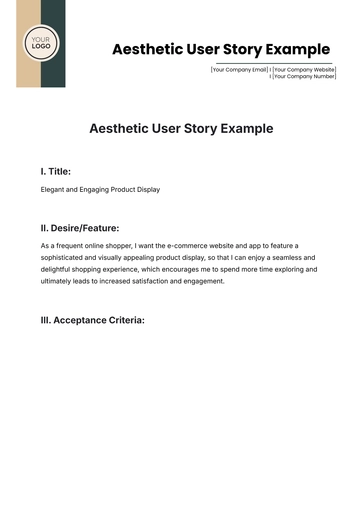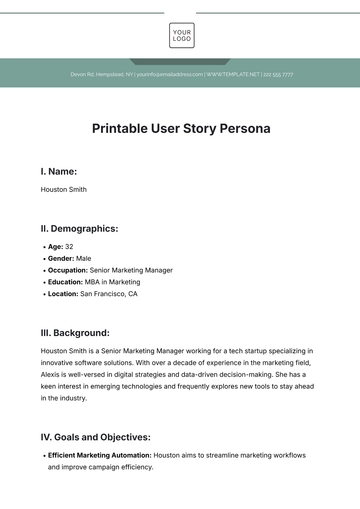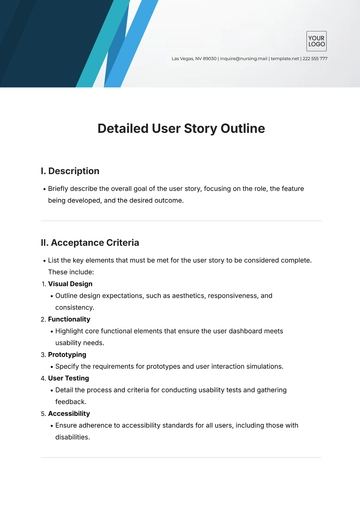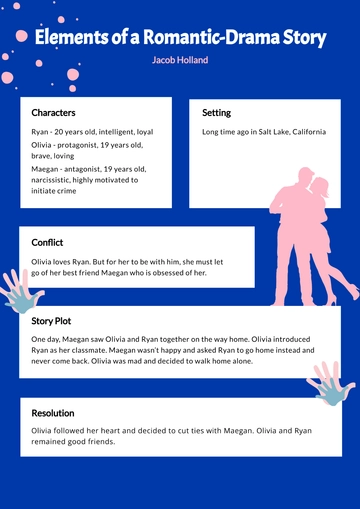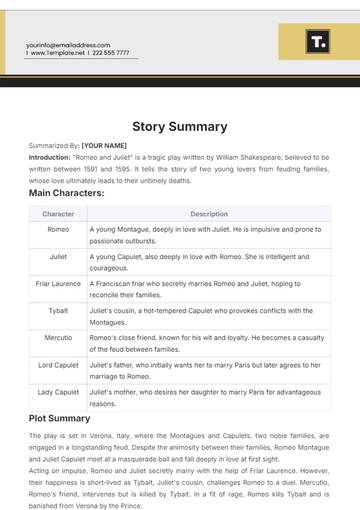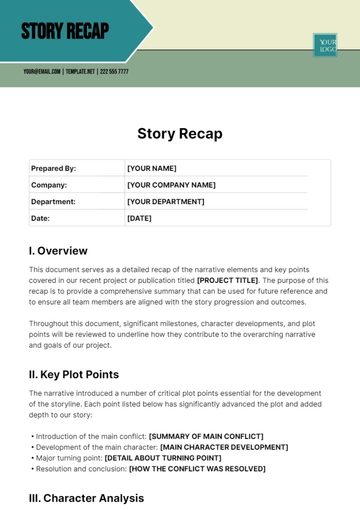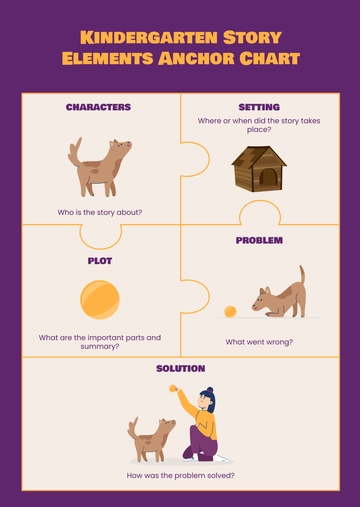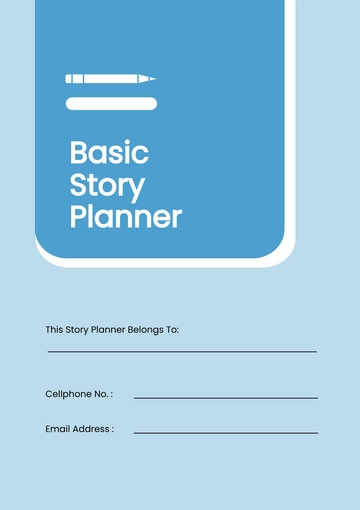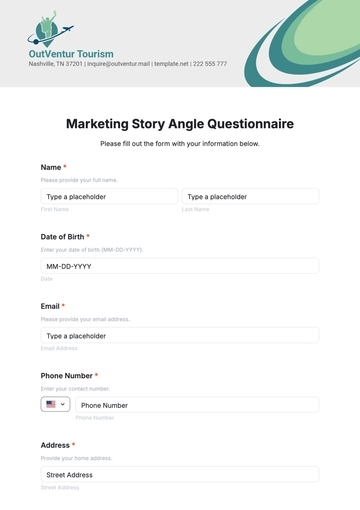Non Functional Requirements User Story
I. Introduction
In this user story template, the primary objective is to delineate the essential non-functional requirements (NFRs) crucial for the seamless development and deployment of [Futurify - Your Next-Gen Product] by [Your Company Name]. Non-functional requirements encompass aspects of the system's behavior and attributes vital for its overall performance, security, scalability, and user experience. By meticulously defining and prioritizing these NFRs, the development team ensures that the final product aligns with desired standards and fulfills user expectations, thereby enhancing overall product quality and reliability.
II. User Story Details
A. Title:
Enhance [Futurify] Performance for High Traffic Loads
B. Project Manager Objective:
As a Project Manager named [Your Name], I want to enhance the performance of [Futurify] so that the system can seamlessly handle high traffic loads without experiencing slowdowns or downtime, ensuring a consistent and optimal user experience.
C. Acceptance Criteria:
Requirement: Implement Caching Mechanism
Details: Introduce a robust caching mechanism to store frequently accessed data and alleviate the load on the database server.
Criteria: The caching system should be configured to efficiently manage data caching, ensuring high cache hit rates while maintaining data consistency. Additionally, mechanisms for cache invalidation and expiration should be implemented to reflect real-time updates accurately.
Requirement: Optimize Database Queries
Details: Conduct a comprehensive analysis of database queries to identify and optimize resource-intensive operations.
Criteria: Database queries should be rewritten and optimized to minimize execution time and resource consumption. Utilization of appropriate indexes and query optimization techniques should be employed to enhance database performance significantly.
Requirement: Horizontal Scaling Support
Details: Enable horizontal scaling to distribute incoming traffic across multiple server instances.
Criteria: Implement a scalable architecture capable of dynamically provisioning and deploying additional server instances based on incoming traffic load. Load balancers should be configured to evenly distribute requests across these instances, ensuring optimal resource utilization and high availability during peak loads.
Requirement: Minimize Page Load Times
Details: Optimize front-end code, assets, and content delivery mechanisms to reduce page load times and improve overall website performance.
Criteria: Implement techniques such as code minification, image compression, and asynchronous loading of resources to expedite page rendering. Additionally, leverage content delivery networks (CDNs) to cache and serve static assets from geographically distributed servers, further reducing latency and improving user experience.
Requirement: Error Handling and Logging
Details: Implement robust error handling mechanisms to gracefully handle unexpected errors and exceptions.
Criteria: Errors should be intercepted and logged comprehensively to facilitate effective troubleshooting and debugging. Detailed error logs, including stack traces and contextual information, should be generated and monitored in real-time to identify and resolve issues promptly, thereby minimizing system downtime and ensuring uninterrupted service availability.
D. Notes:
Continuous performance testing and monitoring should be conducted throughout the development lifecycle to identify performance bottlenecks and areas for optimization proactively.
Implement automated alerting and notification mechanisms to promptly notify stakeholders of any performance-related anomalies or deviations from predefined thresholds, enabling timely intervention and resolution.
III. Conclusion
This user story template, authored by [Your Name] from [Your Company Name], provides a comprehensive framework for capturing non-functional requirements pertaining to performance enhancements for [Futurify]. By addressing these requirements diligently, the development team can fortify the system's resilience and scalability, ensuring optimal performance and reliability even under high traffic loads. Moreover, prioritizing these NFRs fosters a user-centric approach to product development, ultimately enhancing user satisfaction and fostering long-term success in the competitive software landscape.
User Story Templates @ Template.net



